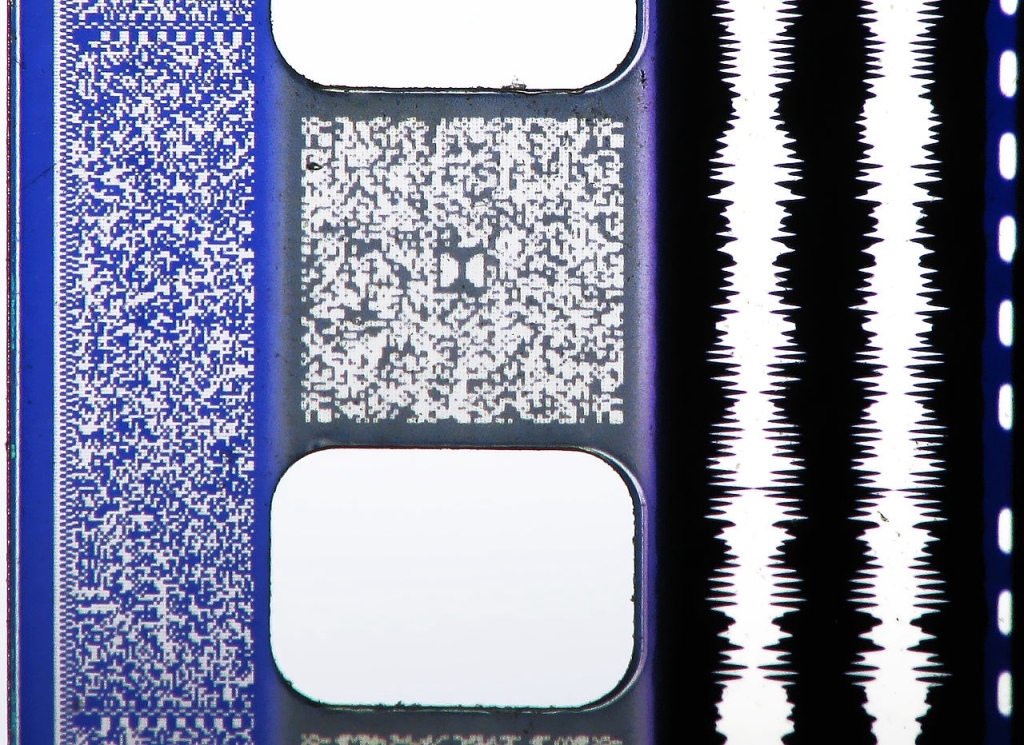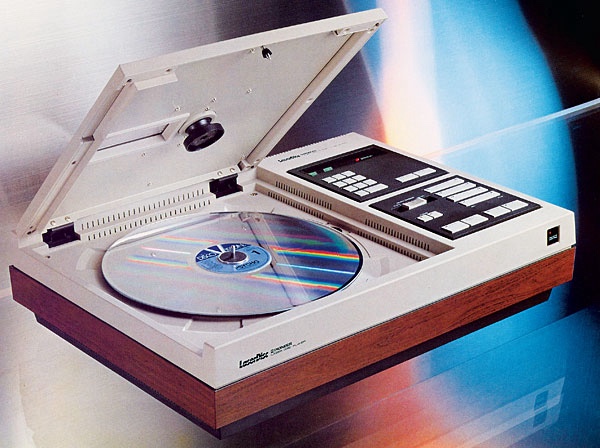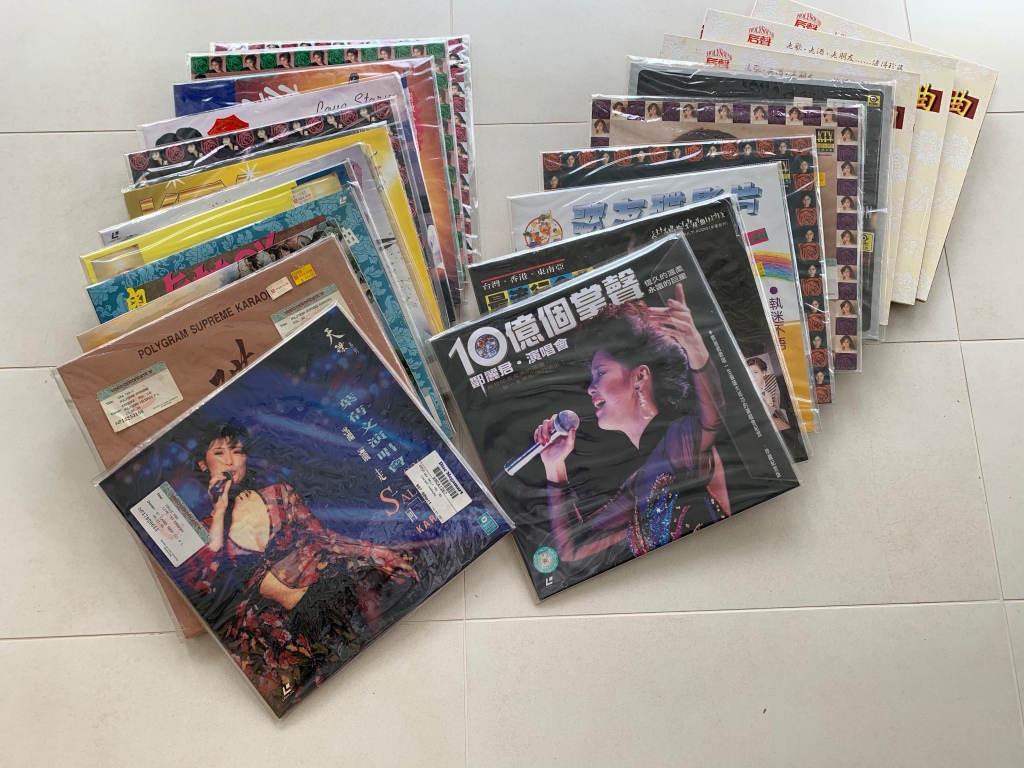Hello my friends. This week we look at the what came after VHS. It was DVD right? Well that was a short blog, next week…
….WAIT a minute🤔 I am sure it wasn’t that easy? and once again with the audiovisual world there would be a fight to be the next big thing in home entertainment.
Let’s explore and welcome back ☺️
The next big advance was optical media systems but this wasn’t a new idea. As far back as the early 1920’s the technology to transfer sounds optically had been attempted.
Case labs in 1922 had managed to convert an old silent film projector to be the recording device by using the projector’s light to expose a soundtrack onto film.

So, optical technology for sound had been around since the dawn of modern cinema but the next leap forward would be optical pictures, video and a device and media to store them on.
Once again very much like video technology that was invented in the early 1950’s which we talked about in the blog post; “Terrifying Changes” from a few weeks back, optical video technology came much earlier than people think and not in the 1980’s.
We need to look at the early 1960’s when David Paul Gregg and James Russell invented optical video recording technology using a transparent disc media in 1963.

These two inventors at Pacific Northwest National laboratories then patented the new technology for both audio and video optical storage on transparent discs in 1970.
That technology patent was then sold to MCA,(Music Corporation of America), the same year and in conjunction with Dutch technology company Philips the new system was developed.
In 1972 they unveiled the first optical disc playback system to the world at a trade show that year. The unit itself was made by Philips and the optical disc media was made by MCA.

system from 1972
In 1978 the first commercially available laserdisc system went on sale in North America under the name of Discovision which was licensed, marketed and sold by MCA.

One of the first films that was available for the new system was Steven Spielberg’s “Jaws” from 1975 which we talked about last week in the blog post; “Horror for the masses”

Let’s just talk about the technology before we move on. Laserdisc’s or Discovision as it was initially called sounds very next level compared to the humble video cassette but was it really?
Here is a wonderful video from our regular friends on the blog at the U.K’s BBC’s technology show “Tomorrow’s World” from 1980 where video cassette players had just come to market and LaserDisc players still hadn’t hit the U.K’s consumers yet. It was all very confusing as shown below.
At this point in time Discovision did offer better picture and sound quality than a video tape being pulled over a video head ever could but the signal for both video cassette and Discovision was still analogue.
Typically the disc would be 12 inches, (roughly 30cm), in diameter with a silver reflective coating on both sides. Each side could usually hold 30-65 minutes of film footage.

This meant the disc would needed to be turned over half way through a standard motion picture. If the film was longer than 2 hours then it would come on multiple discs.
Now, bare in mind we are talking about the late 1970’s and video cassette recorders where just coming onto the market and now you had Discovision as well.
As we have spoken about before in the blog, the gateway to these new home entertainment technologies was extremely steep in price for the average person.
Video cassette recorders and the tapes were very expensive and Discovision was ever more so retailing at roughly $600, ($2,800 in today’s money) for just the machine alone.
Initially, Discovision was well received in its test market of Atlanta, Georgia in the United States and a promised catalogue of future Discovision disc titles seemed promising.

With projected prices ranging from as little as $6 to $20 per title, ($28 to $94 in today’s money), it seemed like the outlay for the unit would come with the future benefit of low cost movies at higher visual and audio quality than video cassettes.
The telling words there are “promised” and “projected” as that list of low cost, must own discs films and TV shows never materialised and Discovision never took off in America.
Subsequently, MCA and Philips’s partnership on the system dissolved before the end of the 1970’s and it was classed as a commercial failure.
The bottomline was that if Discovision wasn’t going to be successful in the one country that produced the majority of the world’s motion pictures, then globally it wouldn’t have gained any traction.
The quality of playback between Discovision and standard video cassettes was not leaps ahead, it was a premium price and the big elephant in the room was that video cassettes could play back and record which Discovision couldn’t do.
As the next few years rolled into the early 1980’s the video cassette recorder gained its dominance even with the VHS vs Betamax format battle. Video tape cassettes was the industry and home consumers choice.
The technology behind Discovision looked to be another casualty of the ever changing audiovisual landscape but it was a step in the right direction just at the wrong time and it needed a new injection of interest and innovation.
In 1980 after the failure of the MCA/Philips Discovision, the Japanese electronic company Pioneer would purchase the majority stake in the optical video disc technology.

The first thing that Pioneer did was to change the format and branding name. Gone was DiscoVision and the format would be called LaserVision and the brand name would be LaserDisc.
The first Pioneer LaserDisc unit in Japan was launched in October of 1981.

The VP-1000 was aimed at the high end home consumer and the Japanese were very accepting of this new technology. In fact, it did extremely well in all Asian markets and territories.
Many of the giants in the Japanese electronic industry could see the benefits in this new LaserDisc format and it was smartly marketed not as a rival or replacement to video cassettes machines.
Most people in these Asian markets would see LaserDisc as the ultimate part of a home entertainment set up along with existing equipment.
The marketing leaned heavily into this with examples of LaserDisc players not just being hooked up to a television as a standalone unit but part of a comprehensive setup with Hi-Fi’s tuners, amps and speakers to give that home cinema experience.
LaserDisc also became widely used in the commercial sector where its superior durability, sound and picture quality gave it an edge which drew customers in.
To have a machine where a disc could be played thousands of times without picture or sound degradation which you would get from using a video cassette system in similar circumstances was invaluable.
A good example of this was Karaoke machines which were and still are, a big part of the Japanese culture and LaserDisc systems fitted the bill perfectly.

LaserDisc technology also found its way into the video game arcades. Once again, the high volumes of people using these machines meant that a reliable system for high quality video playback during gameplay was essential.

Dragons Lair was a fascinating use of the LaserDisc technology with its blend of video animation during gameplay to make a unique game and player experience.
In 1984, Sony launched the first LaserDisc read/writeable storage system which could hold any type of digital data. It would be the forerunner of the CD-Rom and have a 3.28GB capacity per disc but it was for commercial use only.
Over the following years, LaserDisc players would become more advanced with new features. As with Video cassette players, LaserDisc units went from top loading to front loading with sleeker designs.
The advent of digital sound encoding replacing analogue sound on the discs meant that newer LaserDisc players could also play music CD’s which was another rapidly growing technology in the music listening sector.
With better data comprehension techniques without loss of sound or picture quality, LaserDiscs could now hold entire feature films on a single double sided disc in most cases.
New laser scanning systems in the players meant that a disc could now be read from both sides without having to be manually turned over half way through a film.
As seen before in the majority of the electronic technology we have covered from 1980’s period in the blog, innovation and development was extremely rapid.
Pioneer also collaborated with both Sega and NEC in Japan to have a modular based gaming system that plugged into the front of one of their LaserDisc players called “LaserActive”

This then turned the player into either a Sega-CD or TurboGraphix/PC Engine CD gaming system with the sold separately gaming “PACs” and controllers.

The LaserDisc format did come back to the United States and Europe right through the 1980’s and the 1990’s with all these new innovations but the take up from the consumer was less than 1%.
If you compared that to more than 10% in Japan and the surrounding territories, even with state of the art technology and innovation, video cassette recorders/players still dominated the market.
Let’s end today’s blog with how l got into LaserDiscs and it wasn’t at the time they came out or even during its time in the 1980s right through to 1990’s.
It was in the 2010’s and a friend of mine had immigrated from the United States to the U.K. and he had bought his Pioneer LaserDisc player and discs with him in the move.
I knew of technology but had never seen one for real and that night as l helped him unpack and move into his new digs, he put on the extended version of “Aliens” and l was blown away and instantly needed LaserDiscs in my life!
I then searched eBay the following night and found someone that was selling his Pioneer CLD-D925 player and his entire collection of LaserDiscs.
It’s was a good price with the caveat that the winning bidder had to collect everything as it was too massive a collection with the player to ship and the cost would have been ludicrous.
I won the bid and found myself in North London collecting everything listed from the sellers address on the 10th floor of a block of flats with no working lift 😳
After lots of huffing, puffing and maybe some swearing, the player and the over 1,000 LaserDiscs where in my car crippling the suspension under the weight of it all.


These have all made their way over to Ireland with me when l moved in 2020 from the U.K. and the removals guys couldn’t believe how much a box of LaserDiscs weighed when they carried them into the house😬
The player is still going strong and very much like watching a video tape on a VCR, it’s has that lovely analogue feel and warmth to it which l appreciate very much.
So, that was a brief look back at LaserDiscs, the format that was ahead of its time but ultimately couldn’t compete with video cassette tapes with their ability to not only play back but record as well.
But this technology paved the way for CDs, CD-Roms and DVDs which we will get into next time.
As always, thank you so much for reading today’s entry, your likes, comments, shares and general interest in the blog.
Let’s explore together again next week ☺️
Leave a comment